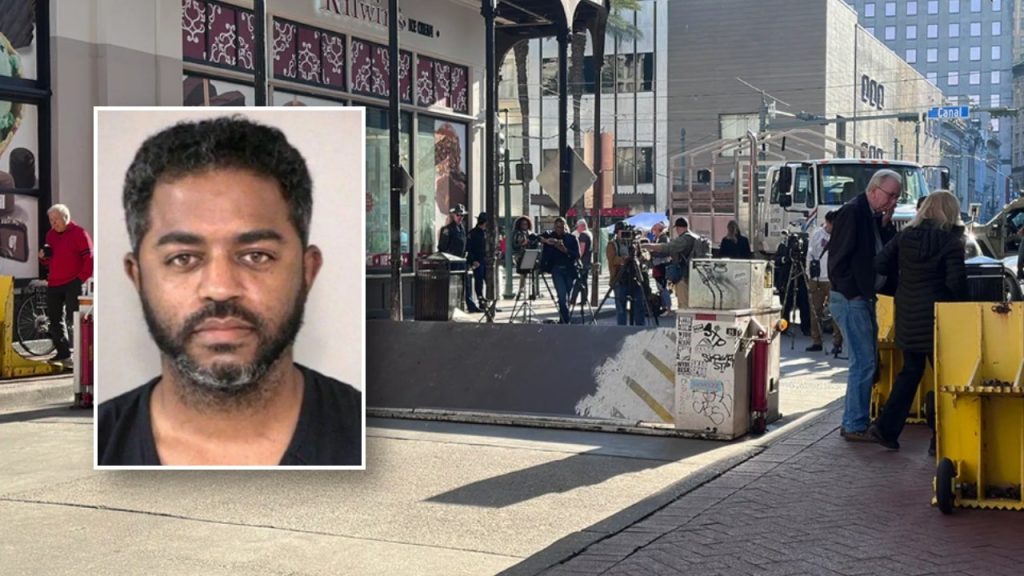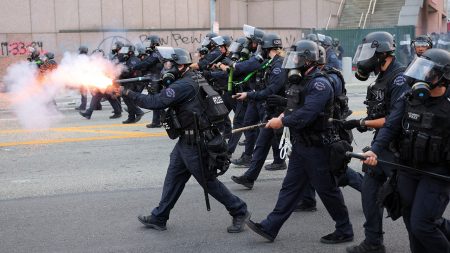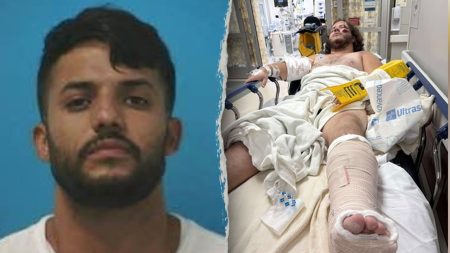The New Year’s Eve tragedy on Bourbon Street, where a terrorist drove a truck through a crowd, killing 14 people, has raised serious questions about the city’s security measures. Temporary metal barriers, intended to replace older bollards and prevent vehicular access, were inexplicably left down, allowing the attacker unimpeded access to the crowded street. The Louisiana Attorney General, while deferring specific questions to the New Orleans Police Department, pledged a thorough evaluation of security protocols in preparation for the upcoming Super Bowl. This incident highlights a critical gap in security, particularly considering the city’s prior recognition of the vulnerability of the French Quarter to such attacks.
A 2017 report, part of a $2.3 billion infrastructure project, explicitly identified the French Quarter as a potential target for mass casualty incidents, including terrorism. The report, citing similar attacks in Nice, London, and New York City, underscored the importance of bollards in mitigating such threats. It specifically recommended closing Bourbon Street to vehicular traffic, except for emergency vehicles, and implementing robust security measures, including street cameras, a central command center, improved lighting, and high-quality bollards similar to those used by the U.S. government. The report emphasized the role of bollards in preventing unauthorized vehicle access, providing pedestrian refuge areas, and freeing up law enforcement resources from barricade duty.
The failure to implement these recommendations, particularly the use of effective barriers, proved fatal on New Year’s Eve. While temporary barricades are commonly used in high-security situations, like Times Square on New Year’s Eve, their effectiveness hinges on proper deployment. These typically involve heavy vehicles, cement blocks, and other substantial obstacles strategically placed to block both vehicular and pedestrian access points. The temporary barriers used on Bourbon Street, however, were left down, rendering them useless. This oversight tragically contrasted the robust security measures outlined in the 2017 report, which envisioned permanent bollards capable of stopping a large truck traveling at high speed.
The inadequacy of the temporary measures was further compounded by a lack of awareness and training regarding available resources. Following the attack, the New Orleans Police Chief admitted to being unaware of the existence of 48 Archer barriers purchased by the city in 2017. These barriers, designed to withstand the impact of a 5,500-pound truck traveling at 60 mph, remained unused and unknown to key officials. Even after their existence was revealed, the barriers were improperly installed, highlighting a lack of training and understanding of their deployment. This lapse in preparedness represents a critical failure to utilize available resources and underscores a systemic issue within the city’s security apparatus.
The incident on Bourbon Street serves as a stark reminder of the importance of comprehensive security planning, effective implementation, and continuous evaluation. The city’s prior acknowledgement of the French Quarter’s vulnerability, coupled with the specific recommendations outlined in the 2017 report, makes the failure to implement appropriate security measures even more troubling. The lack of awareness regarding available resources, compounded by the improper deployment of existing barriers, underscores a systemic failure within the city’s security framework. This incident demands a thorough review of security protocols, improved training for personnel, and a commitment to implementing the recommendations outlined in the 2017 report to ensure the safety of residents and visitors alike.
The evaluation promised by the Louisiana Attorney General, in light of the upcoming Super Bowl, provides an opportunity to address these critical shortcomings. It’s imperative that this review goes beyond simply assessing current practices and delves into the systemic issues that contributed to this tragedy. The focus should be on implementing the recommendations of the 2017 report, including the installation of permanent, high-quality bollards, improving communication and training within the police department, and fostering a culture of preparedness and proactive security measures. This tragic incident should serve as a catalyst for meaningful and lasting change in New Orleans’ approach to security, ensuring the safety and well-being of all who visit and call the city home.










